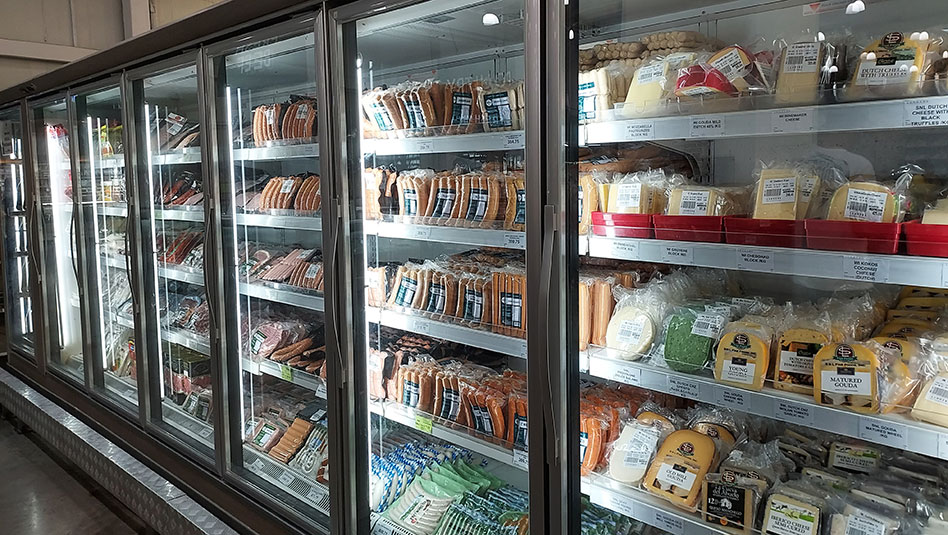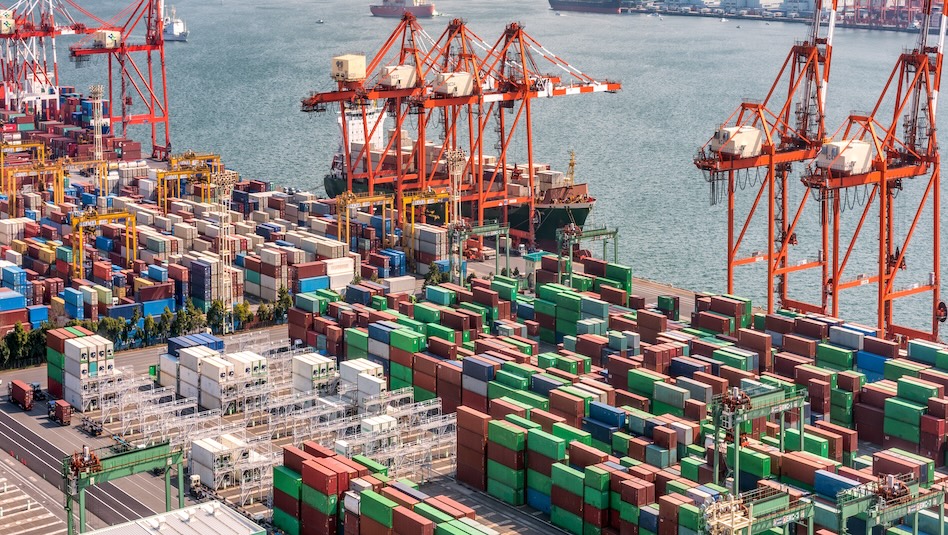Access this content:
If you are an existing investor, log in first to your Metrobank Wealth Manager account.
If you wish to start your wealth journey with us, click the “How To Sign Up” button.

Fundamental View
AS OF 07 Jul 2025- KEPCO is Korea’s only fully integrated electricity utility and is considered a quasi-sovereign credit, with its financial strength anchored by a very high level of government support stemming from its essential role in securing the nation’s power supply.
- In FY24, KEPCO’s credit profile improved significantly due to higher tariffs and stabilizing fuel costs, driving strong rebounds in revenue, EBITDA margin, and cash flow. Credit metrics strengthened, with total debt/EBITDA and net debt/EBITDA improving to 6.7x/6.6x. Although capex remains substantial and continues to keep debt elevated, the stronger operating performance has provided a cushion. These factors, combined with KEPCO’s critical policy function and the strong likelihood of government support, underpin its solid credit standing.
Business Description
AS OF 07 Jul 2025- KEPCO is a quasi-sovereign credit and the sole integrated electric utilities company in Korea. It is majority-owned by the Korean government, which maintains at least a 51% stake as stipulated by law, with shares listed on both the Korea Exchange and the New York Stock Exchange.
- It is South Korea’s leading electricity utility, holding an effective monopoly over the country’s transmission and distribution networks and acting as the primary power generator. Through its six wholly owned generation subsidiaries - Korea Hydro & Nuclear Power (KHNP), Korea South-East Power (KOEN), Korea Western Power (KOWEPO), Korea East-West Power (EWP), Korea Midland Power (KOMIPO), and Korea Southern Power (KOSPO), KEPCO supplies around two-thirds of Korea’s electricity and manages more than half of the nation’s total power capacity. KHNP is the sole nuclear power generation company in Korea. On a consolidated basis, electricity transmission & distribution accounts for over 95% of KEPCO's annual revenues.
Risk & Catalysts
AS OF 07 Jul 2025- Key risks to KEPCO’s standalone credit profile include: 1) higher-than-expected fuel costs due to continued increase of international prices of coal, natural gas and oil as well as a significant depreciation of the KRW against the $; (2) inability to pass through high fuel costs due to insufficient or delayed tariff adjustment; and (3) higher-than-expected capex and investments related to Korea’s green transition. However, we do not foresee these risks to materially impair KEPCO’s ability to access funding, credit rating and overall credit profile as we expect KEPCO to continue receiving an extremely high level of support from the Korean government.
- KEPCO’s exposure to nuclear power operations and coal-fired power generation may post ESG concerns for investors with an ESG mandate. The company also faces challenges from Korea’s push for decarbonization, with tightening environmental regulations and a planned reduction in coal-fired power potentially increasing compliance costs and execution risks during the energy transition.
Key Metric
AS OF 07 Jul 2025| KRW bn | FY20 | FY21 | FY22 | FY23 | FY24 |
|---|---|---|---|---|---|
| Debt to Book Cap | 55.3% | 60.1% | 76.9% | 80.5% | 78.9% |
| Net Debt to Book Cap | 54.1% | 58.7% | 75.3% | 78.4% | 77.8% |
| Debt/Total Equity | 1.2x | 1.5x | 3.3x | 4.1x | 3.7x |
| Debt/Total Assets | 43.0% | 46.7% | 59.6% | 64.3% | 62.6% |
| Gross Leverage | 5.6x | 16.5x | -6.9x | 18.2x | 6.9x |
| Net Leverage | 5.5x | 16.1x | -6.8x | 17.7x | 6.8x |
| Interest Coverage | 7.8x | 3.1x | -7.2x | 1.9x | 4.8x |
| EBITDA Margin | 26.5% | 9.8% | (28.3%) | 9.6% | 23.9% |
CreditSight View Comment
AS OF 05 Nov 2025KEPCO is the sole electricity distributor and transmitter in South Korea, undertaking an irreplaceable policy role. Its credit profile is underpinned by excellent government support which allows the company to enjoy strong access to the onshore and offshore funding channels that mitigate its elevated leverage and insufficient cash coverage for short-term debt. KEPCO is in the process of implementing a financial improvement plan and aim to restore its financial soundness by 2027. Its $ bonds is attractive on a relative value basis compared to lower rated Asian A rated corporate, including the Chinese central SOEs.
Recommendation Reviewed: November 05, 2025
Recommendation Changed: July 24, 2023
Featured Issuers
Bank of Philippine Islands

SK Hynix

Hyundai Motor










 DOWNLOAD
DOWNLOAD



